|
|
|
|
|
|
|
|
|
|
 |
|
 |
|
|
The Bressan’s is a complicated story, made of love for something the collective imagination calls values...
The family symbolizes the first rock upon which the history and ancient traditions of the Bressan household rests; a solid source of serenity and security, of rare and gratifying human contact.
|
|
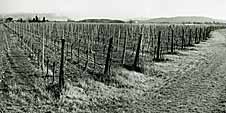 |
The other value is the land, where the Bressan vineyards grow in a special light that illuminates them; where limpid horizons have always captured sensations, colours, scents and flavours most effectively...
|
|
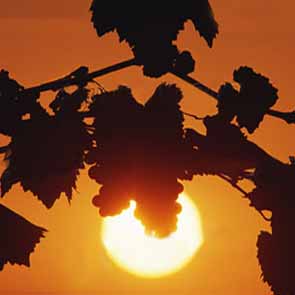 |
 |
|
|
|
The centuries-old spirit of the family lies there, where the slopes of the Collio Region fade gently and open up on the Isonzo River Valley, in a slice of land protected to the north by the Alps and open to the south to the hot winds of the Adriatic Sea; where a rare mixture of natural elements (geographic, geological and climatic ) have created a unique and inimitable “terroir”.
|
|
|
Geography
The Julian Alps create a natural barrier against the cold winds of the north, while the adjacent Isonzo River, which lets out into the nearby Adriatic Sea (18km), opens up a passage for the hot southern winds; from that same sea which has always benefited from the Gulf Stream.
|
|
|
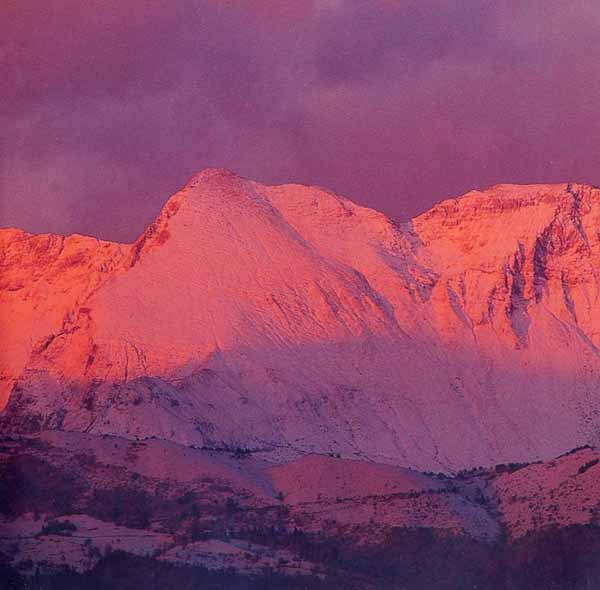 |
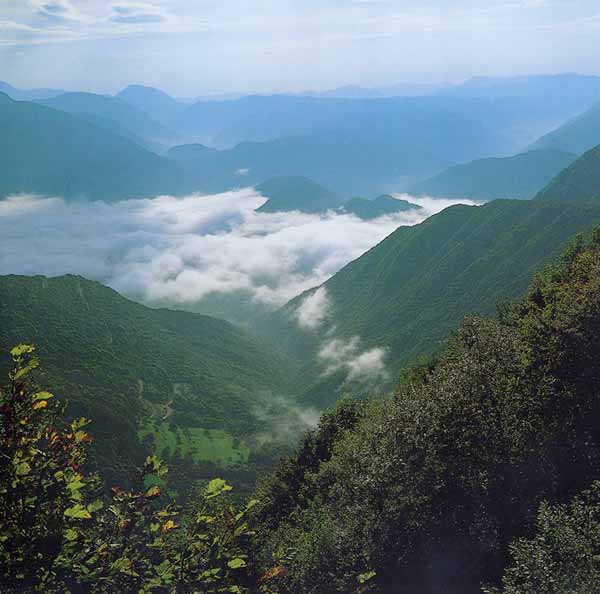 |
|
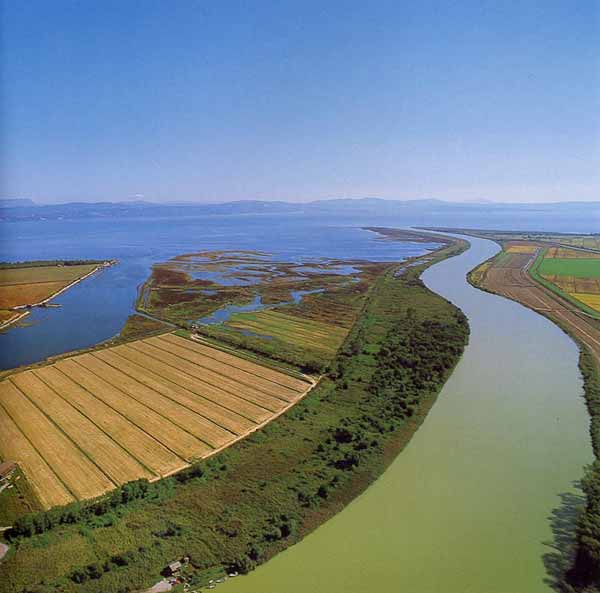 |
|
|
Extreme climatic conditions, and more specifically the coldest periods, are thusly mitigated.
This particularity of moderating winter and spring temperatures permits early development of the entire growing cycle by several days with respect to vineyards that are farther from the river, thus granting us grapes with excellent levels of maturation.
|
|
|
Geology
The Bressan vineyards are located on a wide, gravelly “highland”, which rises to about 18-20 metres above the lower and damper land called “Lower Friuli”. The origin of this plateau lies with the “Great Glacier” which, until twenty thousand years ago, descended from the Alps. In addition to functioning as a moderator of heat and cold, the Isonzo River has shaped the features of the lands adjacent to its course through its flooding and shifts.
|
|
|
|
|
|
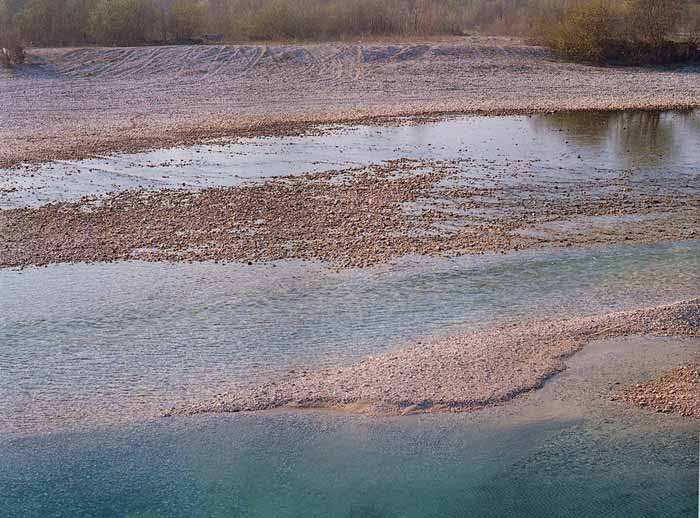 |
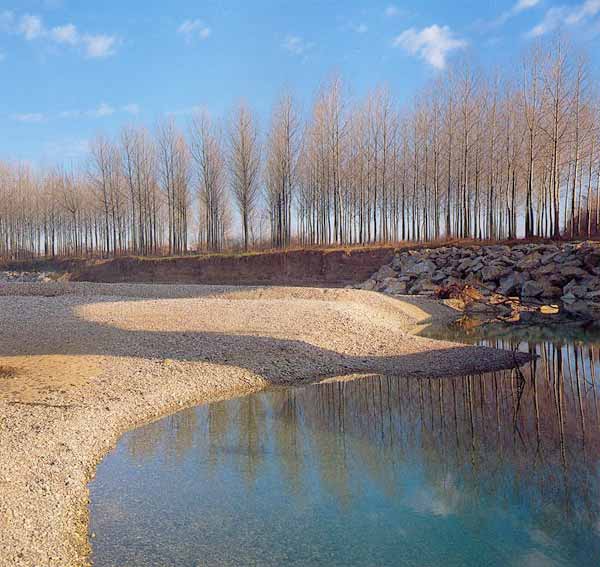 |
|
|
The uppermost part of the soil is formed by a strata of about 0.6/1.0 metre of gravel, which formed in the Quaternary period during the melting of the Alpine glaciers and was transported to the valley of the river itself.
The grapevines have usually been able to find in this poor gravel terrain, an ideal habitat that has forced them to send their roots towards the deepest strata, in the difficult search for necessary vital nutrients which have always been in scarce supply, and which has produced the complexity and special nature of their wines.
|
|
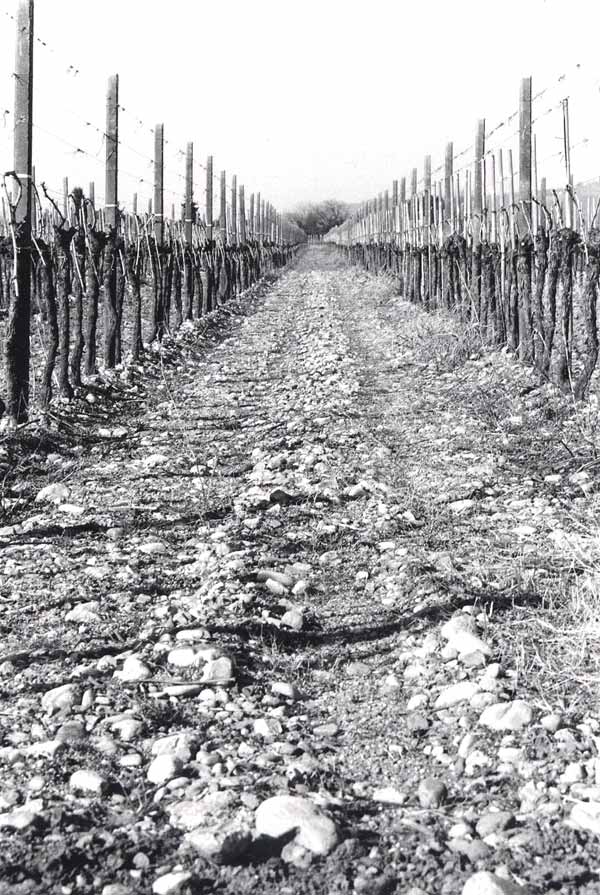 |
|
This gravel, absorbing the heat of the sun and reflecting it back during the night, also contributes to a substantial improvement in the ripening of the grape bunches. In addition, the gravel layer, being quite permeable, permits water to drain towards lower levels, where clays and sand marl capture it, thus guaranteeing minimum sustenance to the vines, even when summer dryness otherwise prohibits them from finding it. This particular geomorphology plays an essential role in permitting the plants to survive and remain active right up to the end of the maturation cycle, and maximising grape quality.
|
|
|
For this reason, we can discover the roots of the oldest Bressan vines throughout the most hidden windings of the subsoil, down to a depth of five metres.
This exceptional combination of settled gravel layers above clay and loam rock gives the Bressan lands a stupendous special nature.
|
|
|
|
Climate
Thanks to the beneficial influence of the nearby Adriatic Sea, the district at Farra d’Isonzo enjoys a typically Mediterranean climate, made up of those capricious aspects which have always distinguished it:
- springtimes usually divided into two parts, the first rather cold and damp, and the second milder and often rainy.
- warm summers that are usually humid until the beginning of July, when they become hot and much drier.
- the beginning of autumn, from September 10 to October 20, which is often warm with a shining sun, permitting us to harvest the grapes in favourable conditions.
|
|
|
|
|
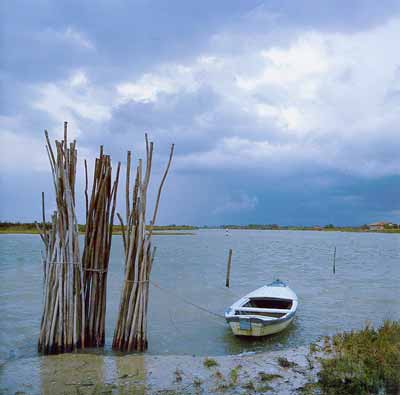 |
|
A year in the BRESSAN vineyards... a history of ancient rites and daily passion...
|
|
| Knowing hands have planted the almost 5000 vines per hectare that elder grape-growers care for with great love throughout the year, dedicating their experience to the twenty hectares of the Bressan vineyards. |
|
 |
|
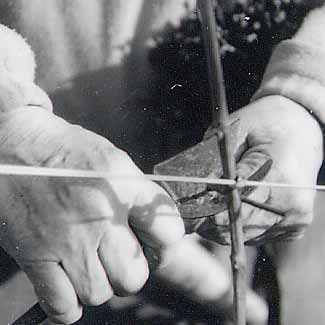 |
NOVEMBER-MARCH: Pruning is performed in which one branch only is left (the single “Guyot” pruning system) with an average of 4/5 buds. |
|
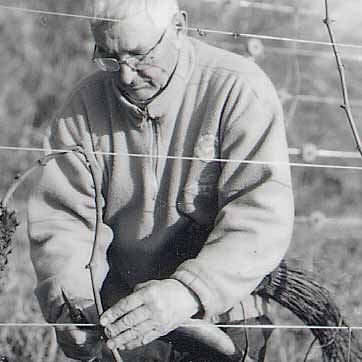 |
MARCH-APRIL: Folding and fastening of the branches, with the removal of those with defects.
|
|
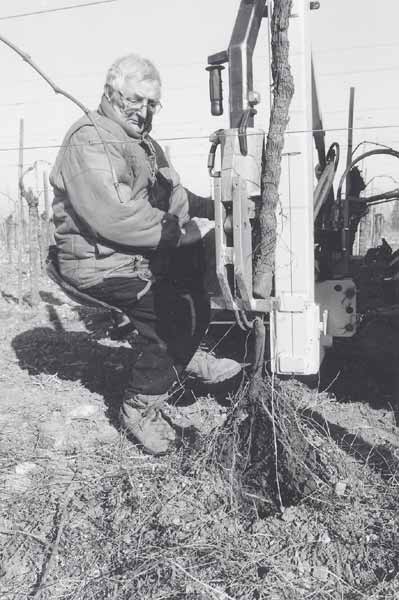 |
End of APRIL - MAY: Re-planting of vines that are dead or in decline; from April until the harvest the soil is ploughed regularly so as to favour the airing of the terrain and the removal of weeds. |
|
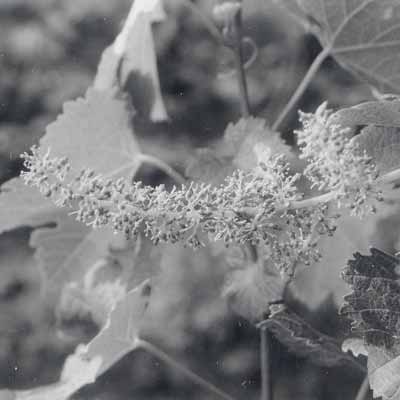 |
End of JULY (Green harvest - thinning of the grape bunches): Some grape bunches are removed so that only four or five are left on each plant. This operation improves the concentration of nutrients on the remaining bunches. |
|
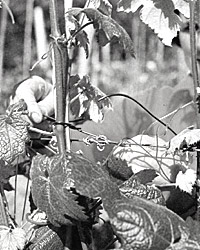 |
JUNE - Beginning of SEPTEMBER: Cutting of the vegetation every two weeks to limit and control vine growth. |
|
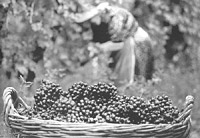 |
SEPTEMBER-OCTOBER: Harvest of the grapes. |
|
|
|
|
|
|
|
|
|
|
|
|
|
|
|
|
|
|
|
|
|
|
|
|